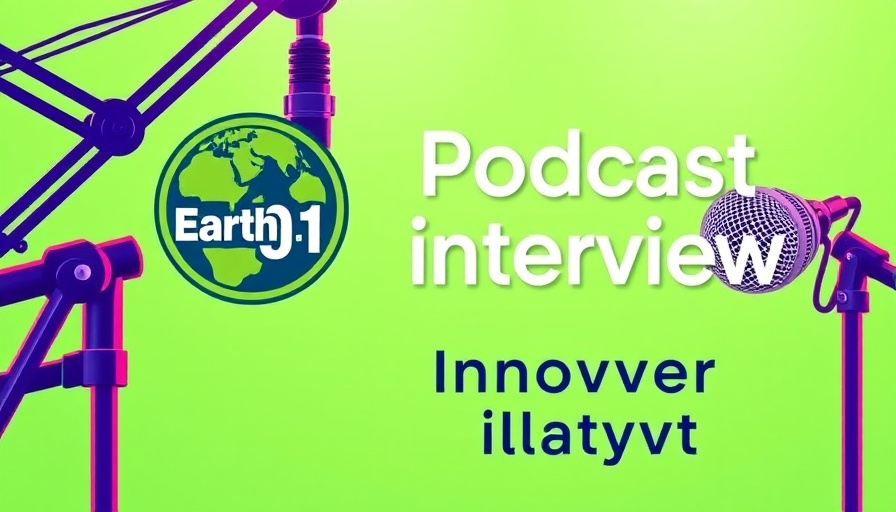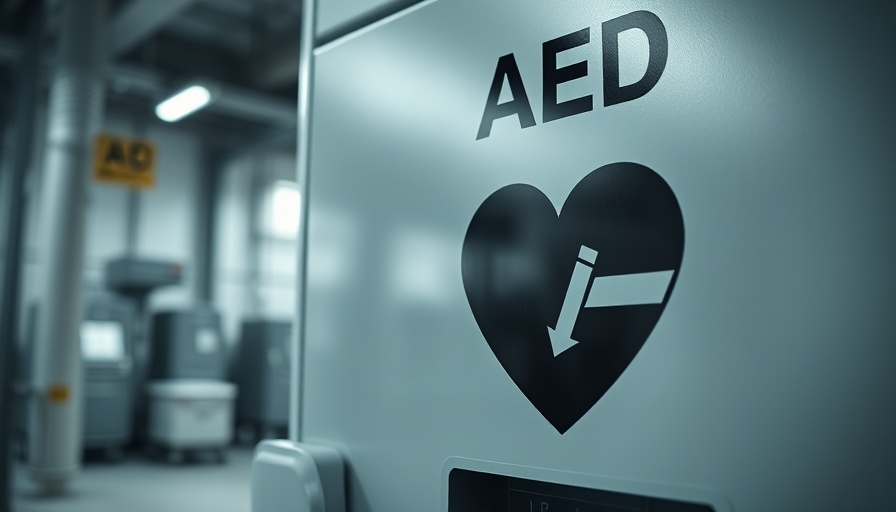
Biosolids-Based Fertilizers: Transforming Waste into Eco-Friendly Agriculture
In recent years, the trend of utilizing biosolids-derived fertilizers has emerged as a promising and innovative approach to sustainable agriculture. The practice of recycling sewage-treated waste into valuable fertilizer is not only resource-efficient but also helps mitigate the environmental impact of waste disposal. The use of biosolids can significantly enhance soil health, offering an alternative to synthetic fertilizers that often burden the environment.
Rethinking Waste: A Historical Perspective
Historically, humans have utilized natural waste for agricultural purposes, dating back thousands of years. Ancient farmers recognized the benefits of incorporating organic matter into their soils to boost fertility. Today, this age-old practice is undergoing a renaissance, as modern technology allows for more sophisticated processing of biosolids, enabling their use as nutrient-rich fertilizers.
DC Water’s Bloom Initiative: A Sustainable Solution
The podcast featuring Chris Peot, Director of Resource Recovery at Bloom, and April Thompson from DC Water underscores a critical step towards the circular economy. Their initiative exemplifies how waste—even that which is considered “icky”—can be processed into nutrient-rich fertilizers. These fertilizers work to not only nourish crops but also aid in reducing reliance on chemical fertilizers, which are often linked to environmental degradation.
Navigating Controversies: Addressing Public Concerns
Despite the clear benefits of biosolids, public perception remains a hurdle. The concept of using human waste as fertilizer can evoke discomfort due to concerns over pathogens and contaminants. The existence of PFAS (per- and polyfluoroalkyl substances), commonly referred to as “forever chemicals,” raises valid apprehension. Current regulatory frameworks strive to ensure safety by monitoring and managing contaminants, but ongoing research is necessary to fully understand potential health implications. Families and communities must be reassured through transparency in reporting and rigorous compliance with health standards.
Environmental Benefits of Biosolids
The environmental advantages of using biosolids are manifold. By recycling waste, we can close the nutrient loop and reduce the demand for chemical fertilizers, which often necessitate intensive mining processes. Studies indicate that every metric ton of dry biosolids applied can prevent approximately six metric tons of CO2 emissions through offsetting fossil fuel use in fertilizer production. Furthermore, biosolids contribute to improved soil structure, increased water retention, and enhanced microbial diversity, ultimately leading to healthier ecosystems.
Future Trends in Biosolids Utilization
The future of biosolids in sustainable agriculture looks promising, with emerging technologies aimed at enhancing nutrient recovery and purification from waste streams. As communities become more conscious of their environmental footprint, trends towards local organic waste recycling will likely gain momentum. Investments in innovation and research into biosolids management practices will pave the way for safer, more efficient agricultural systems.
Practical Steps for Businesses and Communities
Farmers and local governments keen to adopt biosolids can take actionable steps to integrate these fertilizers effectively into agricultural practices. Proper management involves determining application rates based on crop nitrogen needs, monitoring soil health, and adhering to established regulations that ensure public safety. By collaborating with treatment facilities and utilizing biosolid products that meet high standards, agricultural stakeholders can mitigate concerns while reaping economic and ecological benefits.
Insights for the Community
Raising awareness among community members about the safety, efficiency, and environmental benefits of biosolids is essential for enhancing public acceptance. Educational campaigns, partnerships with local agricultural leaders, and accessibility to information can help demystify what biosolids are and how they can positively impact local agriculture and sustainability efforts.
Biosolids have the potential to revolutionize how we approach resource management in agriculture. As technology evolves and research continues, cities and farms can coexist symbiotically with waste by transforming it into a powerhouse of nourishment. Embracing biosolids is a step forward, not just for sustainable agriculture, but for the planet as a whole. It is time to rethink waste, harness its potential, and foster a richer, greener future.
Join us in supporting sustainable agriculture by exploring the importance of biosolids-based fertilizers in our communities today.
 Add Row
Add Row  Add
Add 




Write A Comment